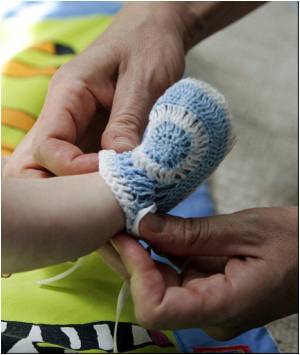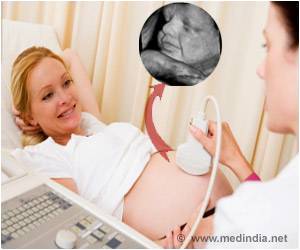
"When developing brain treatment, a key challenge is to find ways to study and monitor the well-being of the brain in the neonatal intensive care unit environment," says Sampsa Vanhatalo, Docent of Pediatric Clinical Neurophysiology.
The R & D work carried out in the basic neurobiology laboratory in the University of Helsinki has provided a whole new level of insight into the electrical activity of the brain in newborns. Now we know that many previously unexplained brain events seen in an EEG are essential for the development and maturation of the brain in premature babies, Dr. Vanhatalo states.
These findings have provided an opportunity to develop monitoring devices to monitor the well-being of infant brains during ICU treatment. The University of Helsinki and the Neonatal Intensive Care Unit of the Children’s Hospital, Helsinki University Central Hospital (HUCH) have attracted considerable international attention for their novel EEG techniques that enable exceptionally precise measurement of EEG in premature infants.
"These dense array EEG caps and the related full-band EEG (FbEEG) that we have developed have disclosed crucial forms of newborn brain activity that have so far been overlooked. We have also developed a method to study sensory functions of premature babies when the tracts are still in the process of forming in the brain and the yield of a traditional neurological examination is still negligible," explains Dr. Vanhatalo.
The research work carried out in Helsinki has been adapted elsewhere in the world with exceptional speed: the largest device manufacturers are already offering FbEEG devices, and dense array EEG caps are already being manufactured industrially. These devices have been clinically approved in the EU (CE certificate) and in the USA (FDA).
Advertisement
In the Journal of Visualized Experiments (JoVE), Finnish researchers demonstrate the developed method and show how it can be applied safely and without disturbing other treatments in an NICU. JoVE is the only scientific journal in the world that publishes all its articles in both text and video format.
Advertisement















